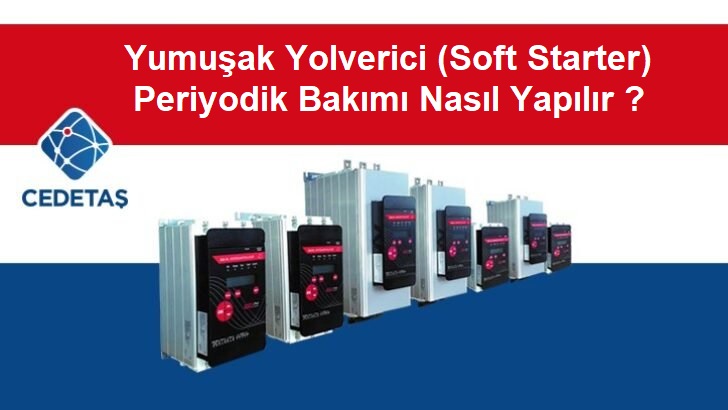What is Periodic Maintenance?
Periodic maintenance is the maintenance of machinery, equipment or devices with the support of technical personnel, according to the process steps prepared before the malfunction occurs.
This avoids possible higher maintenance costs.
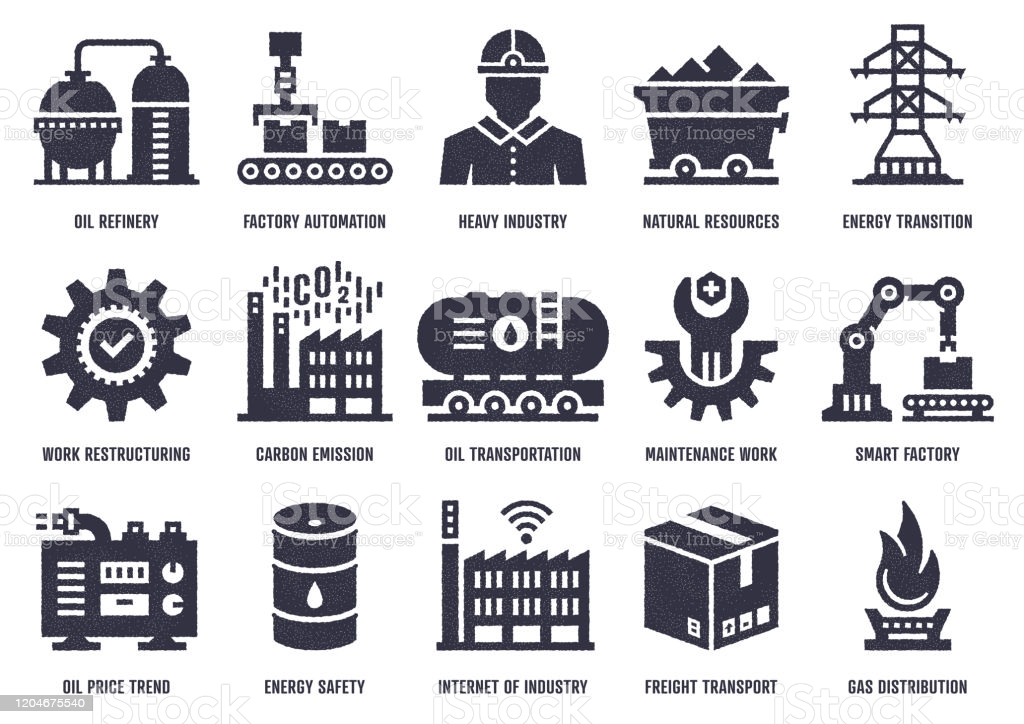
Advantages of Periodic Maintenance :
- It prevents malfunctions and production stops that may occur.
- Equipment repair costs and downtime are reduced.
- It helps to extend the life of equipment.
- It contributes to increase productivity and stable operation.
- Prevents major repair costs with timely routine checks.
- It ensures that the devices are at the ideal operating level declared by the manufacturers.
Periodic Maintenance Schedule :
Periodic maintenance schedule period may vary in each facility. Monthly, 4-month, 6-month or annual maintenance calendars can be created. A number of data should be considered at the point of specifying this period.
These;
- Create a planned production process
- Reducing energy consumption less
- High performance work and producing quality products
- Avoiding production delays and avoiding commercial loss
Periodic Maintenance Risks
- Material damage during maintenance, repair or installation of a material.
- Faulty assembly of new material instead of defective material.
How is Soft Starter Periodic Maintenance Performed?
We can divide the soft starter maintenance into 3 stages;
- Preventive maintenance
- Efficiency and work
- They are maintenance for safety and security.
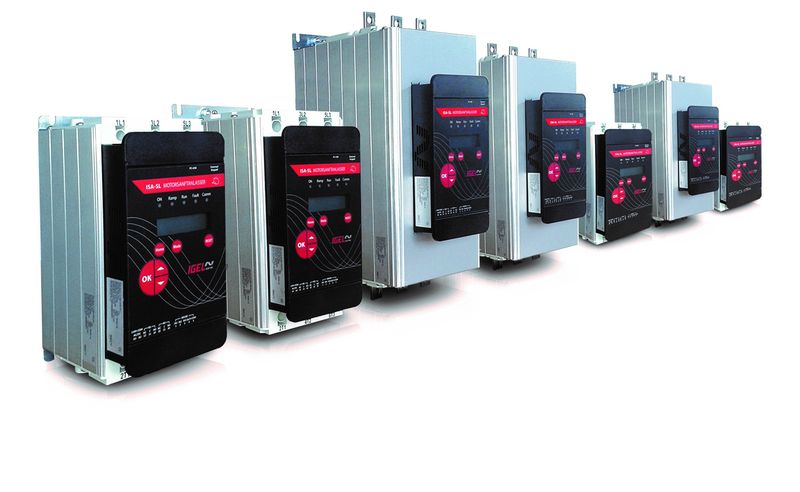
Soft Starter Periodic Maintenance work can be done by applying the following steps;
- Customer information, project name, application place and date information are noted.
- Device tag data is noted.
- Device model
- Device serial number
- Application name
- Motor rated current.
- Ambient temperature value
- Soft Starter statistical data is written.
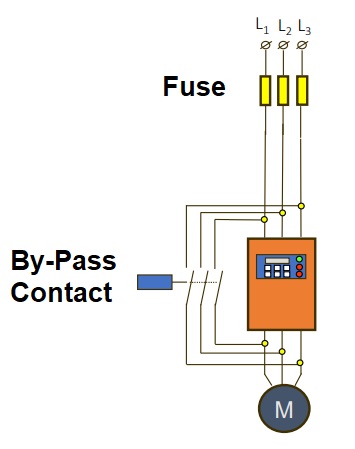
- Final start period.
- Total working time
- Total number of starts
- Total number of faults
- Last fault code
- Fault current
- Start parameter values are checked.
- Soft starter FLC
- Motor FLA
- Starting voltage
- Current limit
- Acceleration time
- Visual and physical controls are provided.
- The suitability of the soft starter panel is checked.
- The suitability of equipment and materials is checked.
- Damage control is provided on the device surface.
- Panel design compatibility is checked.
- The grounding busbar compatibility is checked.
- Device grounding is checked.
- The grounding connection is checked.
- Electrical controls are provided.
- Bypass contactor short circuit measurement is made.
- Control module electronic circuit control is done.
- Current transformers are checked.
- Cable connections are checked.
- Parameters modified after maintenance are noted in the tables.
- Faults encountered and corrected during maintenance are also noted.
- Fault records of the soft starter are noted sequentially. Thyristor measurements and motor winding resistance values should be measured in the device with “short circuit” in the fault records. For the device that is not within the specified value range, the part must be replaced.
- Air guns can be used for cleaning soft starters within the scope of preventive maintenance. Dust causes short circuits in electronic components. Then the equipment can be cleaned with a control spray.
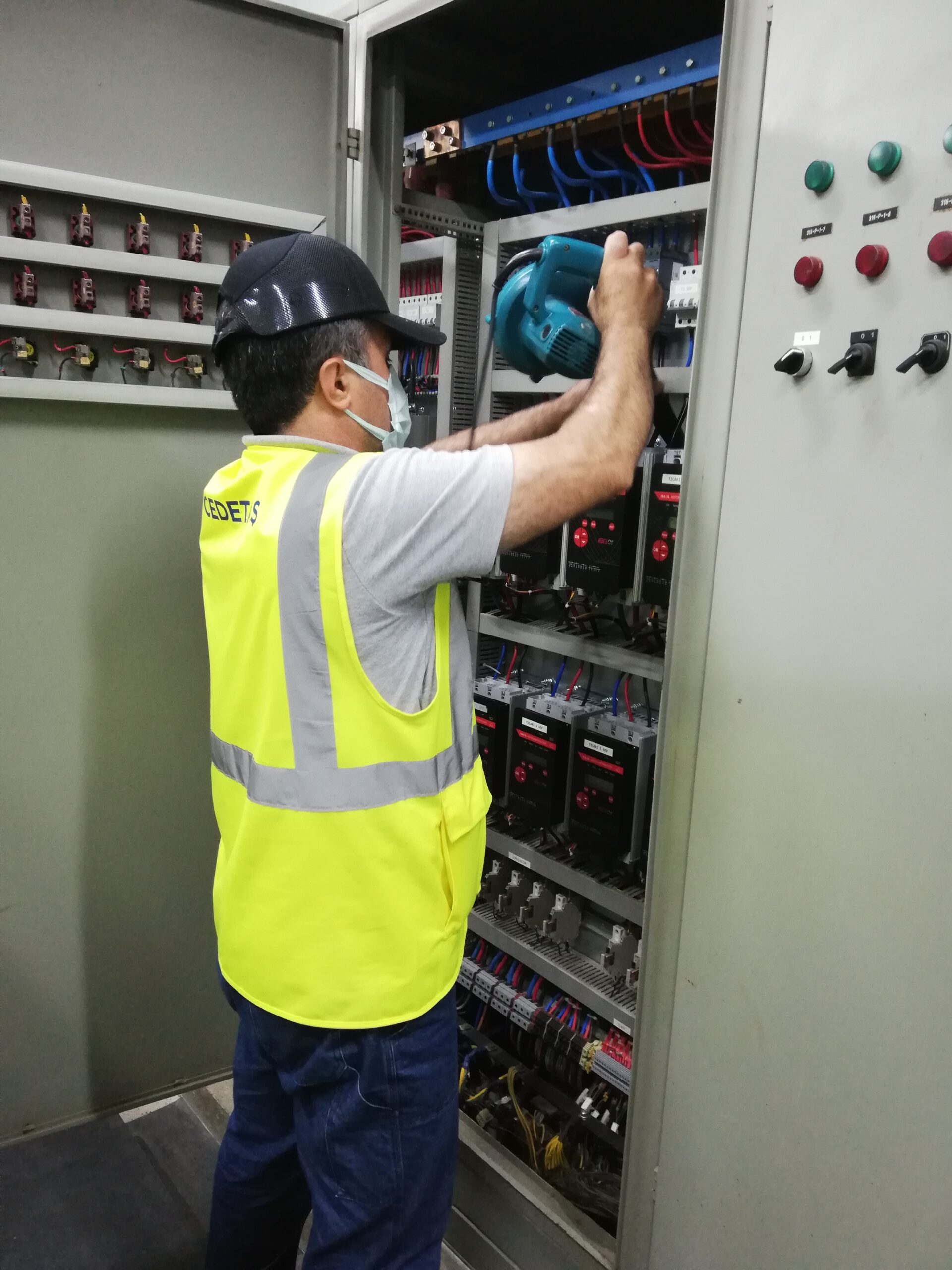
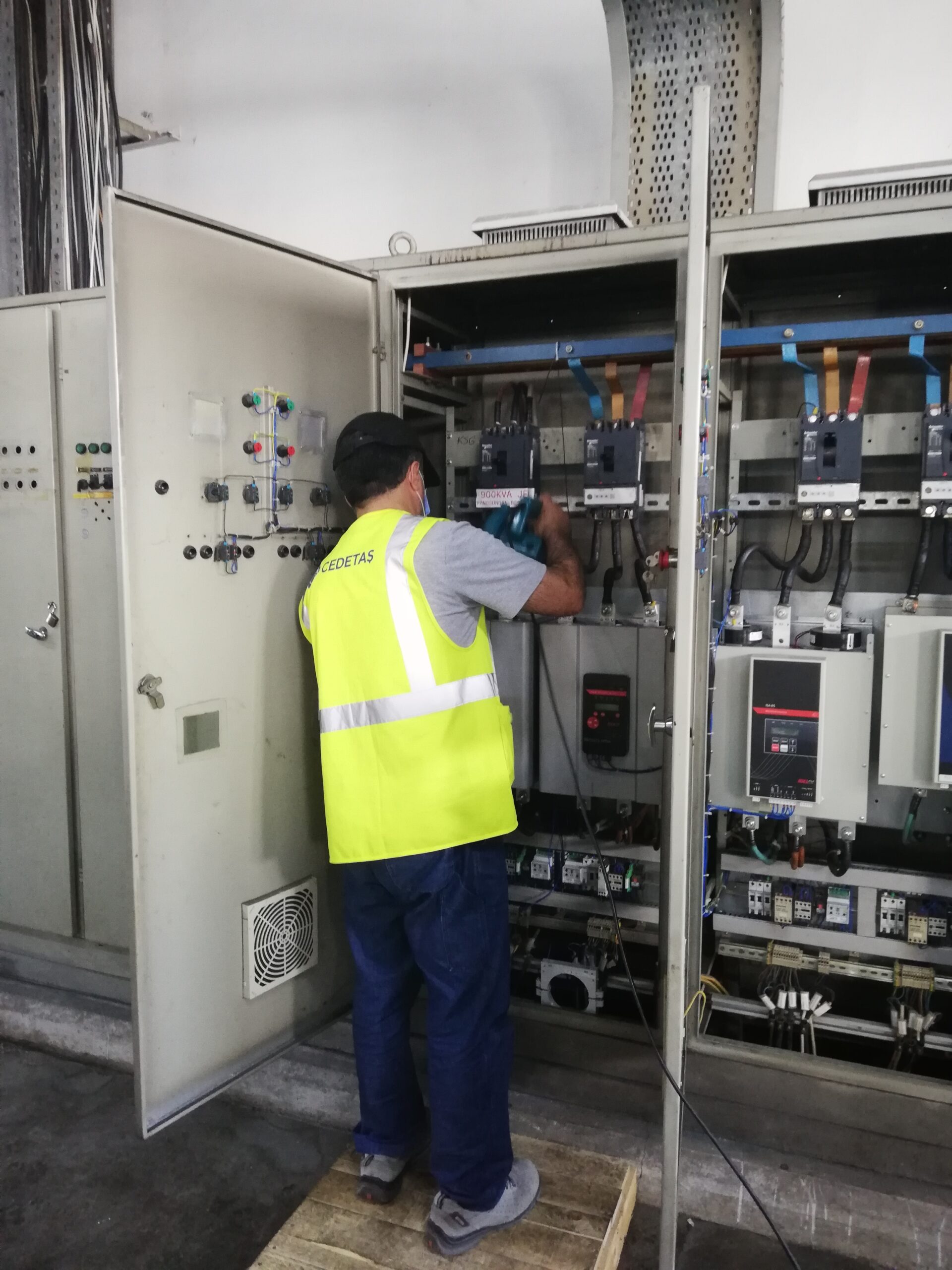
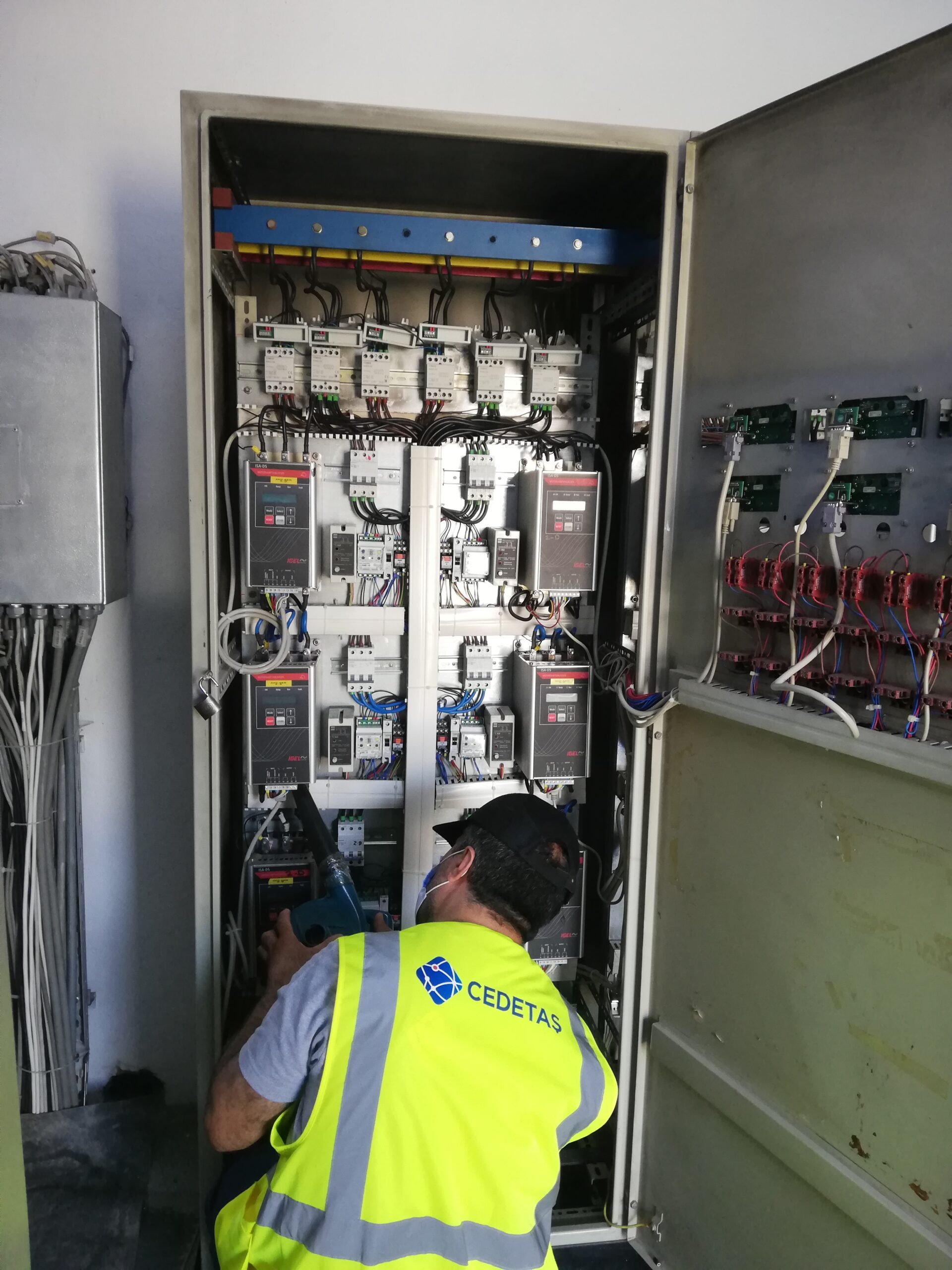
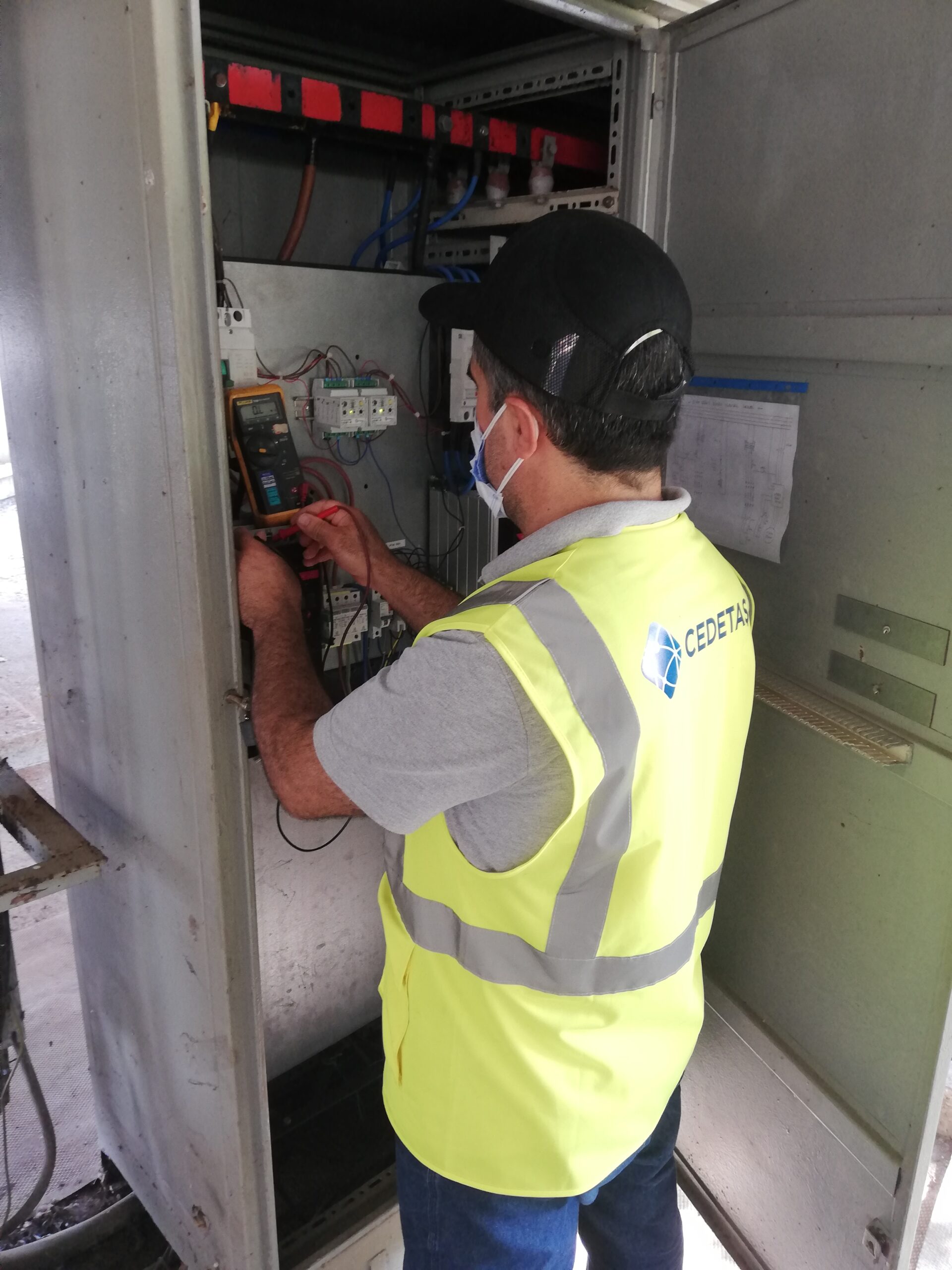
Sample pictures of Soft Starter Maintenance work
![]()

